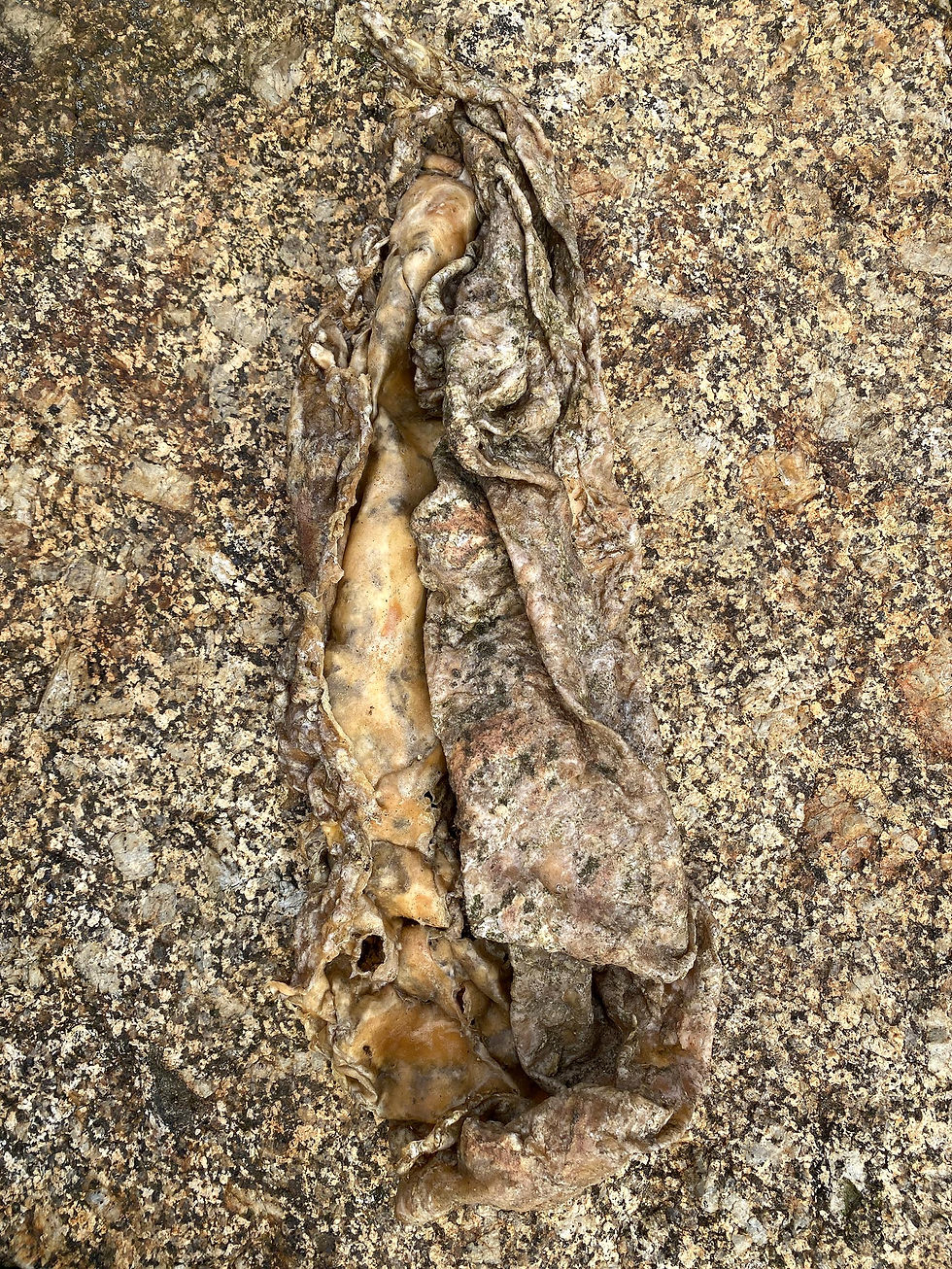
Tectonic Exuviae
Latex impressions of stone surfaces
Liquid latex envelops the surface of stone, seeping into crevices, collecting in tiny basins, tracing grooves like water across a mountainous terrain. In its wet state, it glistens like skin—alive, rain-slick, reflective. As it dries, it contracts, forming layers and folds.
Soft material captures solid form.
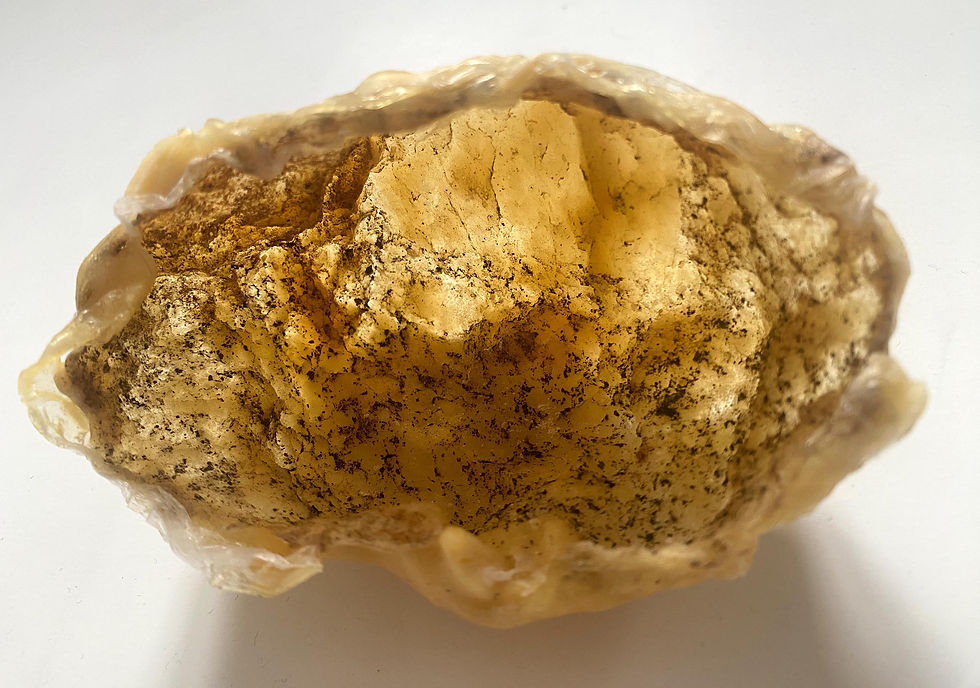
imprint_pseudomorphose
What remains is not the stone, but the memory of contact.
These hollow casts retain the texture of the rock — its minerals, lichens, even traces of soil. They are meta-geological artefacts: hybrids of geology and imagination. Tactile records of encounter.
Some skins detach cleanly, others tear, peel away in layers, or reshape into organic formations: blisters, veins, excrescences. Each bears a displaced echo of a body — an exuvia of stone.
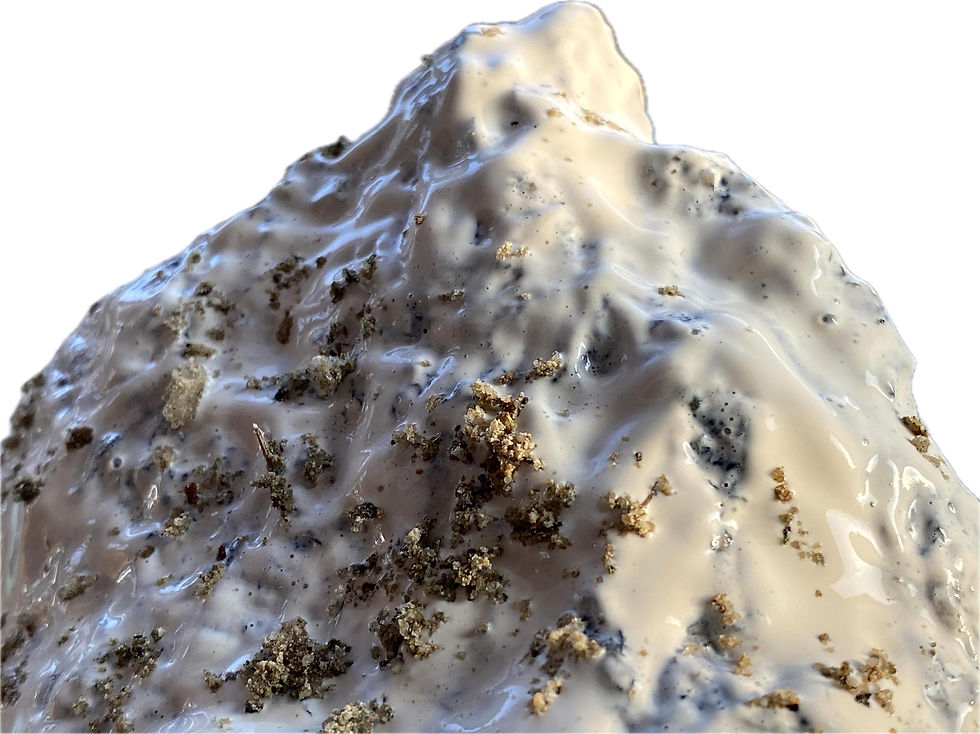

Glacial decoy
The viscosity allows infiltration — fissures, glacial polish, mineral grains.
It fills hollows, settles into depressions, spills over ridges, smoothes over crests, coats the peaks.
White, gleaming, almost weightless, glossy under late light. It mimics snowfields, spreading across granite — a glacier advancing.

These are not representations, but translations.
Time held in surface.
Geology as intimacy.



imprint_pseudomorphose
Thicker latex holds its shape – forming soft cavities, ridges, and folds. A stable shell, shaped by stone, best viewed from within.
Held against the light, its internal topography unfolds: valleys, grooves, crystalline scars.
Stone becomes translucent terrain.
Each imprint holds a landscape,
pressed into memory –
an echo of geomorphology.

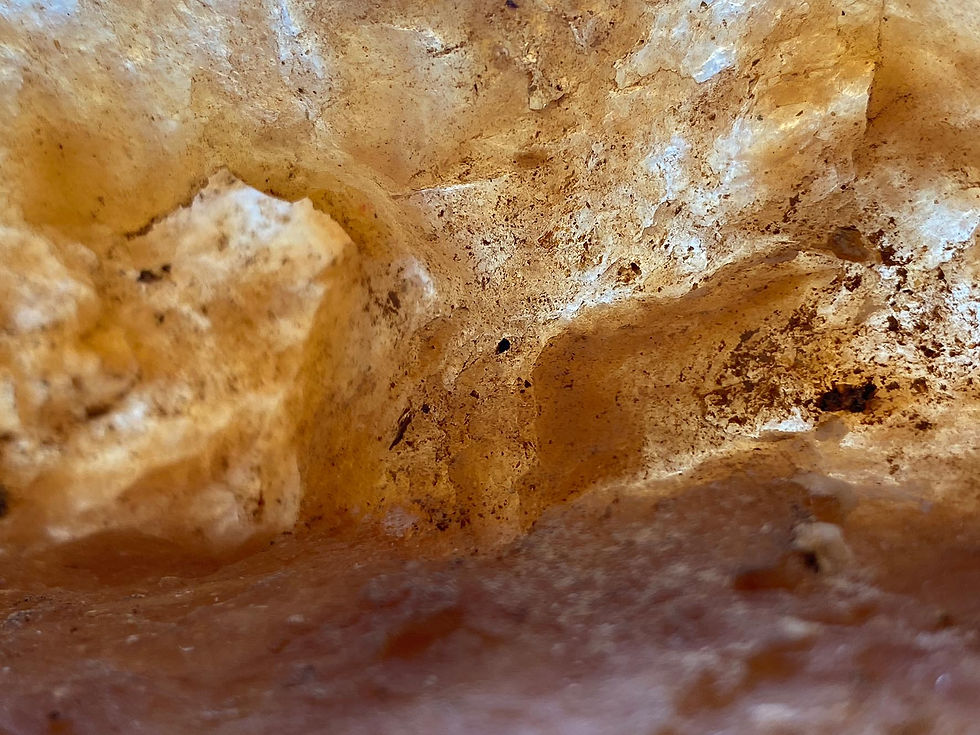
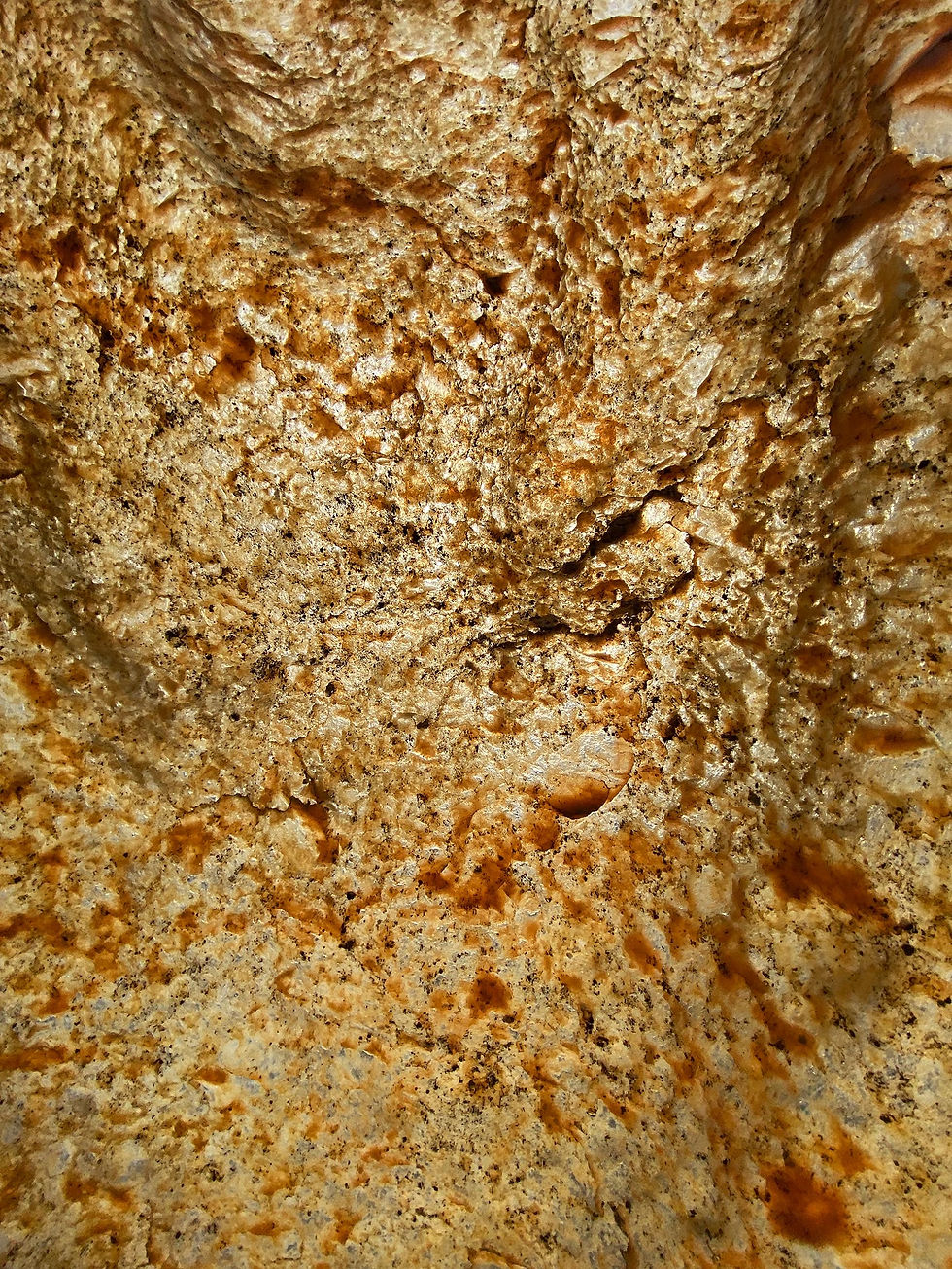
-> more pictures... coming soon!
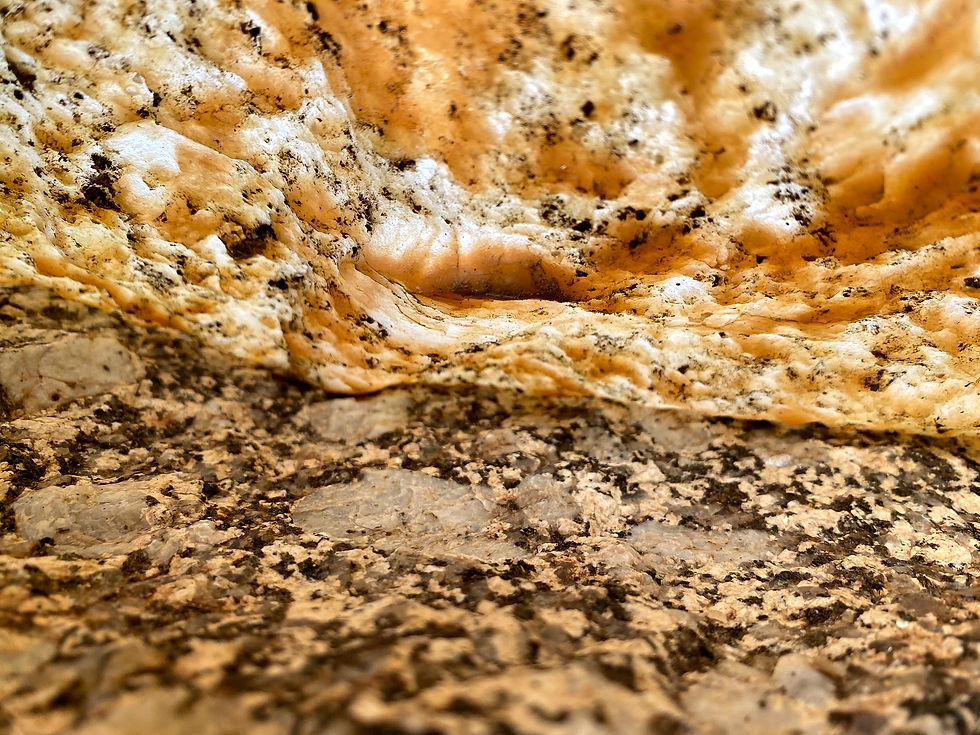
Geo-Eclysis
A slow, uncertain process. Layer upon layer of latex is applied—day after day, exposed to sun, wind, and dust. The stone remains passive, yet never silent. Peeling away the skin becomes an act of tension. Sometimes it tears. Sometimes it clings too fiercely.
But when it works—when the membrane releases in one piece—the moment is uncanny: the stone relinquishes itself.
Held to the light, the underside reveals a translucent terrain: flecks of embedded mica, traces of soil, the imprint of every ridge.
Some skins emerge thick and amber-toned; others are pale, fragile, barely there.
They hold more than form. They hold exposure.
A geological shedding. A tactile archive of time and touch.
